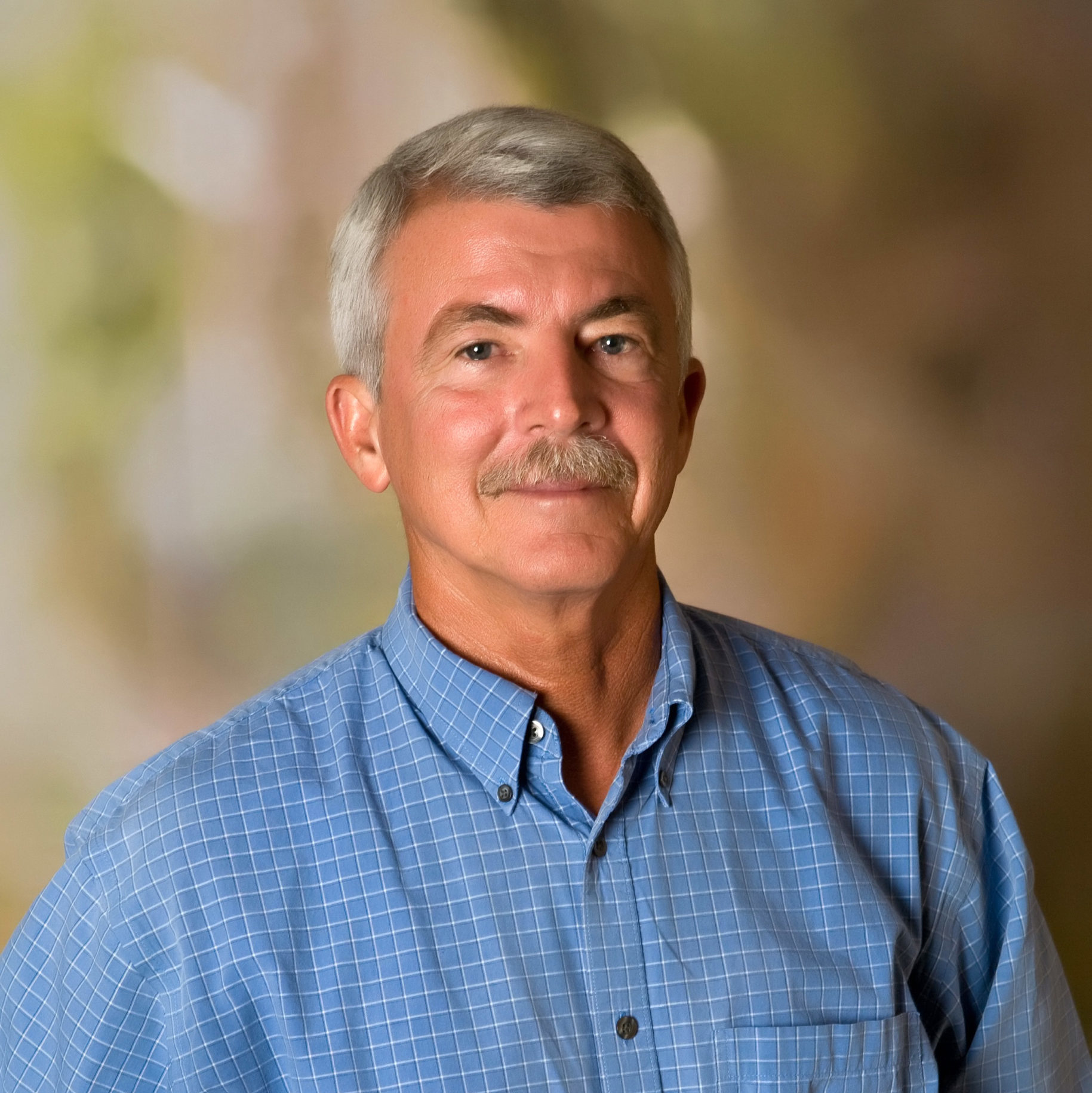 Catastrophe can strike when birds share airspace with aircraft. One example of this issue made national headlines when Flight 1549 went down in the Hudson River in 2009. For many years the Lee County Port Authority (LCPA) has been a leader among airport operators in fulfilling mandates of the Federal Aviation Administration (FAA) to ensure safety of the traveling public by reducing the risk of wildlife hazards. RSW was the first commercial airport in the nation to employ a Border collie in the airfield to act as a deterrent to birds in vicinity of the aircraft, which has proven to help reduce bird strikes. Although it is not feasible to completely eliminate risks, a comprehensive wildlife management approach helps to reduce the wildlife hazards.
Catastrophe can strike when birds share airspace with aircraft. One example of this issue made national headlines when Flight 1549 went down in the Hudson River in 2009. For many years the Lee County Port Authority (LCPA) has been a leader among airport operators in fulfilling mandates of the Federal Aviation Administration (FAA) to ensure safety of the traveling public by reducing the risk of wildlife hazards. RSW was the first commercial airport in the nation to employ a Border collie in the airfield to act as a deterrent to birds in vicinity of the aircraft, which has proven to help reduce bird strikes. Although it is not feasible to completely eliminate risks, a comprehensive wildlife management approach helps to reduce the wildlife hazards.
In 2009 our team conducted a Wildlife Hazard Assessment (WHA) at RSW to identify areas on airport property that promoted wildlife utilization that may interfere with aircraft. Our team developed an innovative methodology to capture and analyze wildlife data using GIS technology. We developed a formula for wildlife species or species groups representing hazard and risk using Relative Hazard Scores, as per FAA Advisory Circulars. The result showed areas of hazardous wildlife concentration classified by risk. The WHA resulted in recommended actions for reducing the identified wildlife hazards to air carrier operations, a large part of which included strategies to alter the habitats to which they are attracted.
Equipped with this data, the LCPA implemented a wildlife hazard remediation strategy. As part of the remediation strategy, our team helped evaluate high risk areas in the vicinity of the runway, areas known as the Aircraft Operations Area (AOA), as well as areas adjacent to the AOA. Beginning in 2011, we provided design, permitting, and construction oversight for a remediation project designed to convert forested habitat and marshes that existed at the end of the runway into a grassed area that could easily be mowed, thereby lessening the attractiveness for feeding and nesting by large wading birds and vultures that had been documented in the area.
One challenge during construction was the increased wildlife activity generated when excavations uncovered once hidden food sources, attracting more wildlife to the area. There was a high level of coordination between our construction observers, the contractors, and the airport staff to increase wildlife deterrent activity and maintain safe conditions for the ongoing aircraft activity during construction.
As a result of the LCPA’s proactive efforts to decrease risks from hazardous wildlife activity at RSW, they were recognized by the Federal Aviation Administration (FAA) with the 2013 Carrier Airport Safety Award, which commends airports for safety programs that meet or exceed the safety requirements and standards set forth by the FAA.
Working closely with LCPA staff, our project team continues to evaluate other areas of concern within the AOA and immediate vicinity to help further minimize wildlife hazards on airport property.
It was a rewarding project for our team, combining both history and innovation. For more information, contact Kevin Winter, P.E., at [email protected].


































































